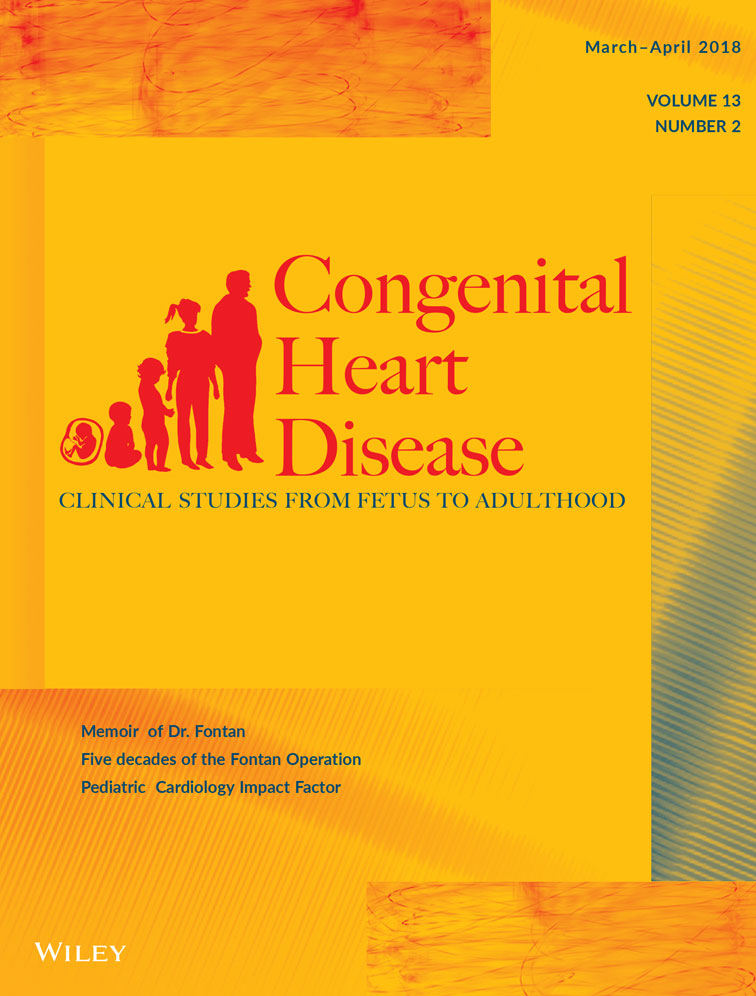Age is not a good predictor of irreversibility of pulmonary hypertension in congenital cardiac malformations with left-to-right shunt
Funding information: The Marisa Sophie Foundation
Abstract
Objective
Congenital cardiac malformations with high pulmonary blood flow and pressure due to left-to-right shunts are usually repaired in early infancy for both the benefits of early relief of heart failure and the fear that the concomitant pulmonary hypertension may become irreversible unless these defects are corrected at an early age. Age, however, has been a poor predictor of irreversibility of pulmonary hypertension in our experience, which is presented here.
Design
A retrospective observational study. We defined “late” as age ≥2 years. We examined clinical, echocardiographic, and hemodynamic data from all patients aged ≥2 years with such malformations referred to us from 2004 untill 2015.
Setting
Department of Pediatric Cardiology and Cardiac Surgery, University Hospital of Vaud, Lausanne, Switzerland.
Patients
There were 39 patients, aged 2–35 years (median: 5 years), without chromosomal abnormalities. All had malformations amenable to biventricular repair, and all had high systolic right ventricular pressures by echocardiography prior to referral.
Interventions
All patients underwent catheterization for assessment of pulmonary hypertension. If this was reversible, surgical correction was offered.
Outcome measures
(1) Operability based on reversibility of pulmonary hypertension. (2) When surgery was offered, mortality and evidence of persisting postoperative pulmonary hypertension were examined.
Results
Eighteen patients had no pulmonary hypertension, 5 of variable ages were inoperable due to irreversible pulmonary hypertension, and 16 had reversible pulmonary hypertension. Therefore, 34 patients underwent corrective surgery, with no immediate or late mortality. Pulmonary arterial and right ventricular pressures decreased noticeably in all operated patients. This is sustained to date; they are all asymptomatic with no echocardiographic evidence of pulmonary hypertension at a median follow-up of 7 years (range 2–13 years).
Conclusions
Pulmonary hypertension may still be reversible in many surprisingly old patients with left-to-right shunt lesions, who may therefore still be operable.
CONFLICT OF INTEREST
None




